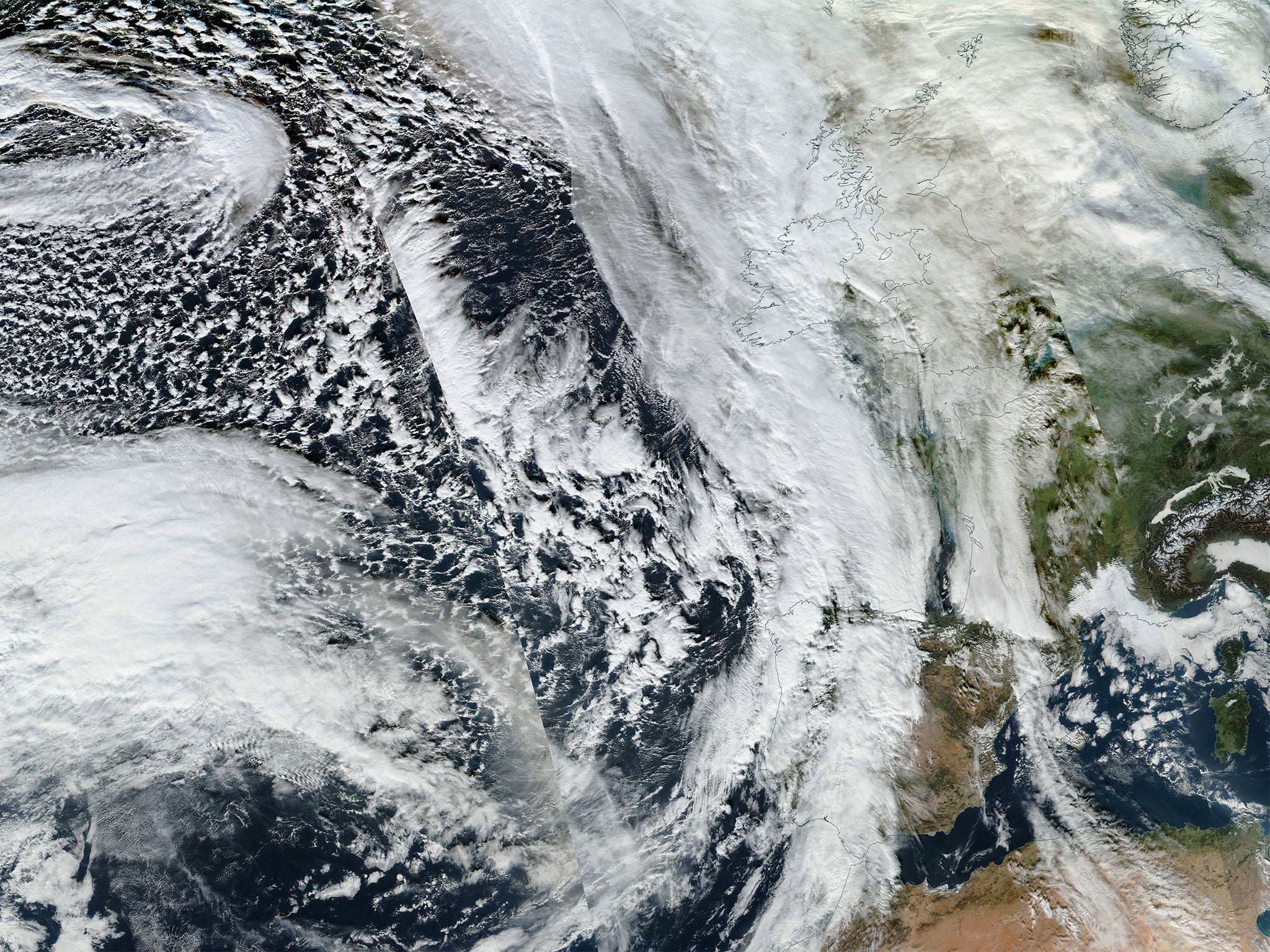Storm Frank: Freak weather pushes North Pole above freezing
It’s only the second ever time that temperatures have been above freezing at this time of year

Your support helps us to tell the story
From reproductive rights to climate change to Big Tech, The Independent is on the ground when the story is developing. Whether it's investigating the financials of Elon Musk's pro-Trump PAC or producing our latest documentary, 'The A Word', which shines a light on the American women fighting for reproductive rights, we know how important it is to parse out the facts from the messaging.
At such a critical moment in US history, we need reporters on the ground. Your donation allows us to keep sending journalists to speak to both sides of the story.
The Independent is trusted by Americans across the entire political spectrum. And unlike many other quality news outlets, we choose not to lock Americans out of our reporting and analysis with paywalls. We believe quality journalism should be available to everyone, paid for by those who can afford it.
Your support makes all the difference.The North Pole has been pushed over the melting point, because of the freak weather that also brought the destructive effects of Storm Desmond to the UK.
The same low-pressure system that brought intense wind and rain to the UK during Storm Desmond has pulled heat up towards the North Pole, bringing almost unprecedented temperatures to the Arctic.
Meteorologists had predicted this week that the temperatures at the North Pole could reach record levels. And now measurements from the Global Forecast System shows that temperatures went above freezing for around six hours during the most intense of the weather changes.
Temperatures at the North Pole would usually be expected to be closer to minus 30C. But the strange effects of the weather have led to huge disruption to the normal patterns, meaning that the area has reached temperatures that it has only ever got to once before at this time of year.
The strange weather came as the storm moved across from the US, towards Europe. It made its way up the Jet Stream and pulled warm air towards the Arctic, causing the area to become extra-hot.
There are no weather stations at the North Pole. But the findings came from weather forecast models run by the US government, which pulls together information such as data from satellites to estimate what the temperature would be in a specific area.
Join our commenting forum
Join thought-provoking conversations, follow other Independent readers and see their replies
Comments